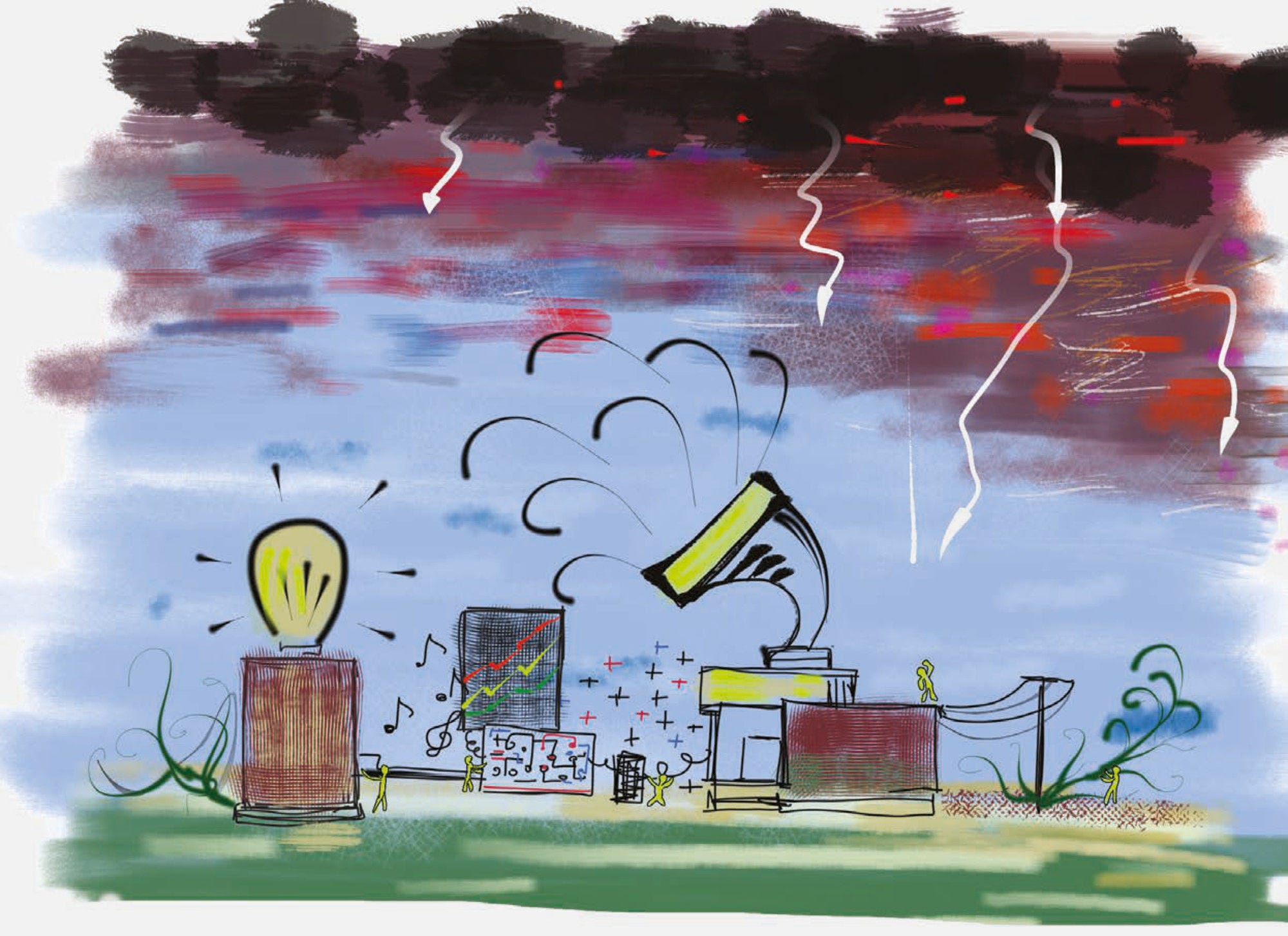Small and medium-sized enterprises (SMEs) play a vital economic role in many countries; many of them are innovative, and dynamic. Despite this, only a small share of SMEs register intellectual property rights; for example only 7% of small enterprises and 15% of medium-sized ones have registered trademarks. Those SMEs that have done so report that registration improved their reputation or image, that it provided them with better IP protection and gave them better long-term business prospects.
The SMEs that register IPRs tend to be the most innovative and dynamic, actively looking for ways to improve their existing products, services and business processes. SMEs that own IPR have 68% higher revenue per employee than those that do not. One of the most important reasons why SMEs decide to register IPR is to prevent other firms from copying their products or services.
Counterfeiting and other types of IPR infringement remain a big threat for SMEs, and market monitoring is an important first step in the discovery and remedy of potential infringements. However, as many as 40% of SMEs do not monitor their markets for potential infringement of their IPR, or only rely on incidental information, such as customer feedback or information from business partners to discover infringements.
For these and other reasons, SMEs are more exposed to the risk of IPR abuse than large firms. SMEs do not have sufficient resources and capacity not just to monitor the threat, but also to develop effective countermeasures. In addition, enforcement actions are often biased towards big companies, as they are often triggered by applications for actions, which are more commonly made by larger companies with the resources to do so.
The quantitative analysis provided in this report employs large datasets to provide more detailed and precise information about the scale of illicit trade in counterfeits affecting small and medium-sized enterprises.
Among EU SMEs which have registered intellectual property rights, 15% have experienced an infringement of any type of IPR they own. The dominant impact these SMEs reported from this infringement was greater awareness of the need to protect their IPR, followed by loss of turnover for smaller firms. Strikingly, loss of turnover was only ranked fourth among medium-sized SMEs, however. Instead, these relatively larger firms were more likely to cite reputational damage and the loss of their competitive edge. Either way, the impact can be a matter of life and death for a small business: data comparing the survival rates of SMEs found that those that had reported suffering from infringement of their IPR in 2015 were 34% less likely to still be trading by 2021 than those that had not. The greatest reduction in survival rates was among firms without the resources of a parent company to fall back on, and which had suffered a patent infringement
Despite the potential seriousness of the impact, more than 10% of EU SMEs whose IPR has been infringed do not enforce their rights, pointing to the complexity, length and costs of enforcement procedures. Among those that do, direct negotiation is the most popular way to enforce IPR, regardless of firm size. Submitting takedown notices to Internet platforms is the second most popular form of enforcement among micro and medium-sized firms, while small firms were slightly more likely to resort to court procedures.
Customs seizure data show that, globally, the SMEs most frequently targeted by counterfeiters were operating in the electrical machinery and electronics (30% of global seizures), fashion (18%), perfumery and cosmetics (10%), and toys and games (10%) sectors. However, SMEs across a wide range of industries are affected, with seizures less skewed towards a few key sectors than is the case for large companies. This may reflect the fact that SMEs, as the predominant form of innovative business in many countries, are present in many economic sectors, and counterfeiters target all type of innovative goods.
Seizures data also highlight that counterfeit goods infringing SMEs’ IPR are frequently shipped directly from source economies to destination markets, rather than through transit economies as is the case more often with fakes impacting larger firms. This suggests that counterfeiters targeting the brands of small and medium-sized firms are not making as much effort to reduce the risk of customs seizures, for example through document cleansing by shipping their fakes through transit points.
SMEs have significantly increased their online presence in recent years. This pattern is also reflected in the trade in fakes – between 2017 and 2019, half of the seizures of counterfeit products infringing the IPR of SMEs destined for the EU were purchased online. The COVID-19 pandemic, and related government measures in response to it, have accelerated the rise of e-commerce, making online sales an increasingly significant part of international trade and thus exposing all companies, including SMEs, to the threat of IPR infringement.
